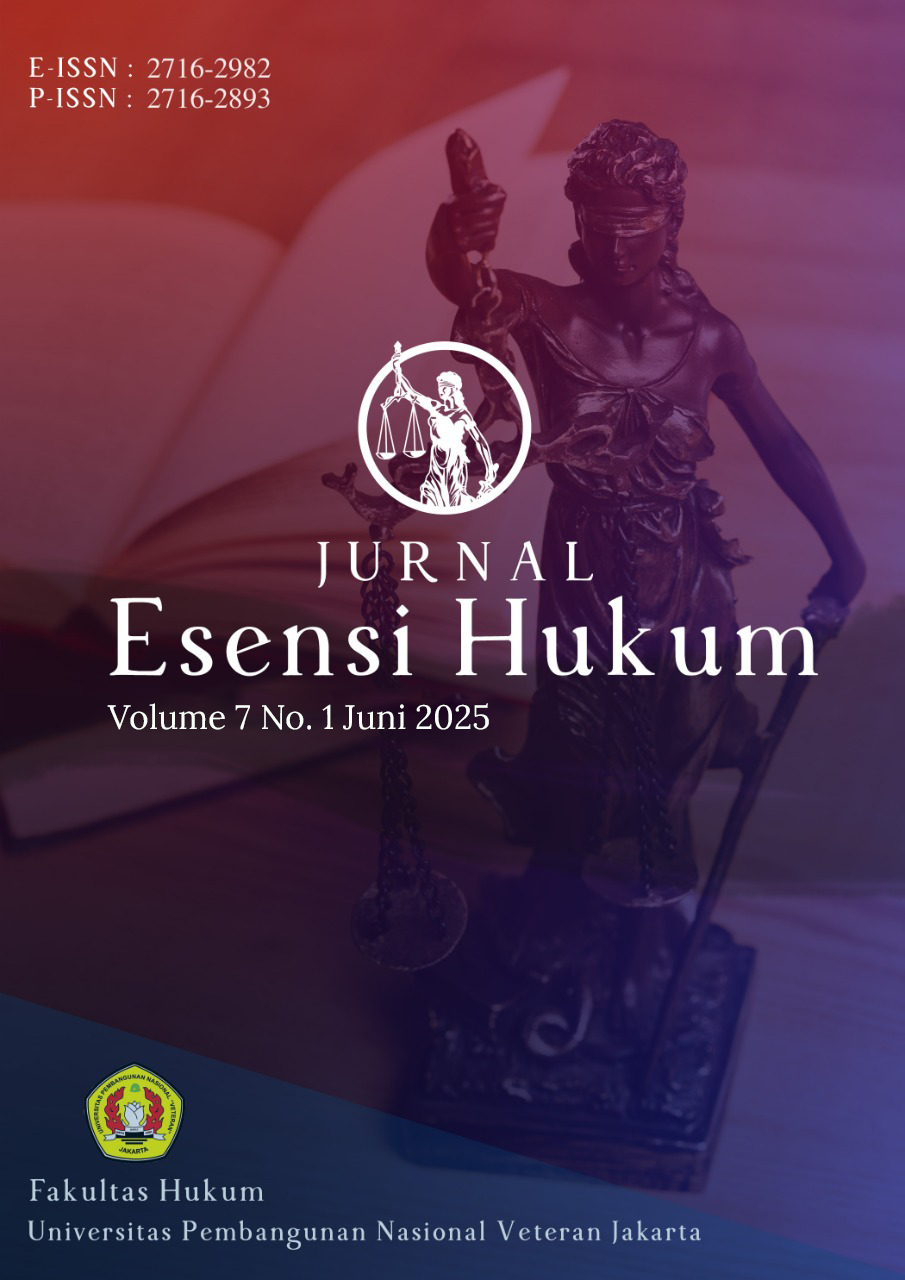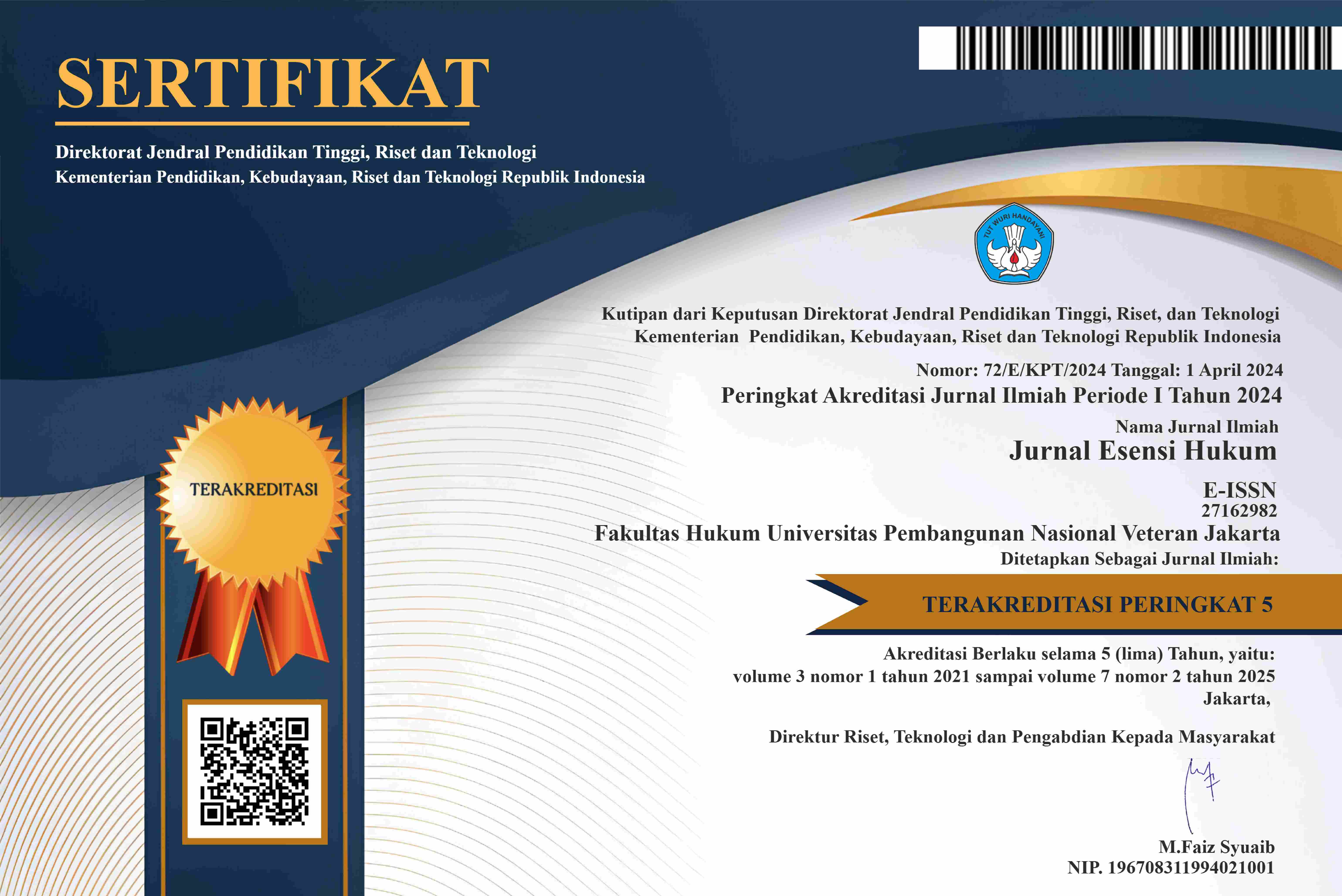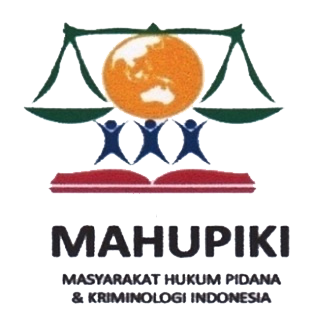Efektivitas Pengumuman Kehendak Nikah dalam PMA Nomor 30 Tahun 2024 Pada KUA Di Kabupaten Boyolali
Abstract
This study aims to analyze the effectiveness of marriage announcements as stipulated in the Minister of Religious Affairs Regulation (PMA) Number 30 of 2024 concerning Marriage Registration, particularly at the Office of Religious Affairs (KUA) in Boyolali Regency. The announcement of marriage intentions has a strategic function as an instrument of social control and a mechanism for public information disclosure to prevent violations of marriage laws, such as manipulation of marital status. The research method used is empirical juridical with a qualitative descriptive approach, through document studies and in-depth interviews with KUA employees and the community. The results of the study show that although the new regulation provides a strong normative basis for transparency in marriage registration, its implementation is not yet effective and still faces several obstacles in the form of limited technological facilities, human resource capacity, and public awareness. Local socio-cultural factors also influence the level of public participation in expressing objections to marriage plans. These findings confirm that the effectiveness of policies depends not only on legal substance, but also on the readiness of institutional structures, adequate digital technology infrastructure, and budgetary support from the government. Therefore, infrastructure strengthening and affirmative policies from the Ministry of Religious Affairs are needed to realize more transparent and accurate marriage announcements.
Downloads
Copyright (c) 2025 Jurnal Esensi Hukum

This work is licensed under a Creative Commons Attribution-ShareAlike 4.0 International License.
Authors who publish with this Journal agree to the following terms:
1. Author retain copyright and grant the journal right of first publication with the work simultaneously licensed under a creative commons attribution license that allow others to share the work within an acknowledgement of the work’s authorship and initial publication of this journal.
2. Authors are able to enter into separate, additional contractual arrangement for the non-exclusive distribution of the journal’s published version of the work (e.g. acknowledgement of its initial publication in this journal).
3. Authors are permitted and encouraged to post their work online (e.g. in institutional repositories or on their websites) prior to and during the submission process, as it can lead to productive exchanges, as well as earlier and greater citation of published works.
4. 
This work is licensed under a Creative Commons Attribution-ShareAlike 4.0 International License.






2.png)

